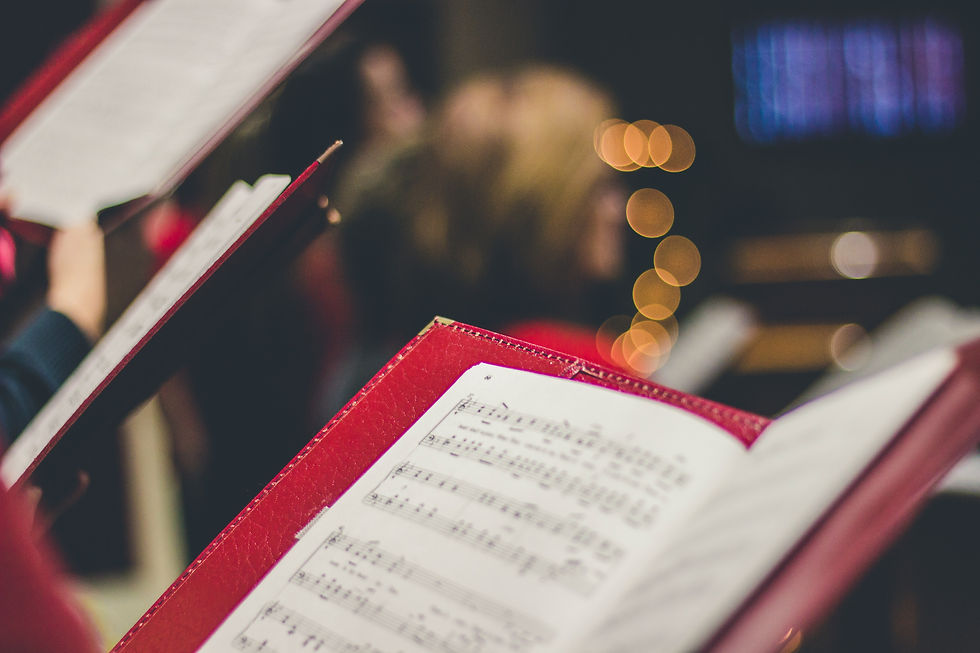It's Beginning to Sound a Lot Like Christmas!
- Melissa LaCicero
- Dec 9, 2022
- 2 min read

The holidays are here, and 'tis the season for tons of tradition! Christmas cheer isn't just in the air- it's also in our ears! So, what is the history of Christmas music, and honestly, why are these songs such jams? Turns out there is a science to what makes Christmas music so ... "Christmassy," and why we want to sing it year after year.
Here We Come A-Carolin'
There is a long tradition (we're talking centuries and centuries ago) of people singing "carols" unrelated to Christmas time at the winter solstice, but the Christmas caroling we know became very popular in Victorian times, when Christmas carols were finally being printed and sold-not just passed down by oral tradition. The idea of going door to door most likely originated many centuries ago with "wassailing" in Europe, where groups of people would sing outside homes in hopes of being rewarded with food and drink. (Ah, I always wondered why we are demanding figgy pudding in "We Wish You a Merry Christmas!") Most Christmas music written prior to 1930 was religious in nature, but the Great Depression era saw the emergence of secular Christmas music, which is essentially how we got to now hearing "All I Want for Christmas Is You" 89 times per day.

So, What Makes Christmas Music Sound So Festive?
No, it's not just Christmas magic and nostalgia, there are several musical aspects that invoke the unmistakable "warm and fuzzies" of Christmas time.
If someone asked you if you enjoy jazz, would the answer be yes? Not for everyone, but if you love to decorate the tree while listening to "Have Yourself a Merry Little Christmas" or "The Christmas Song," you may like jazz more than you think. One of the biggest musical aspects that makes Christmas music so different than pop music we hear throughout the year is the chord progressions. To quote the trombonist Russ Little, "The celebration of Christmas embodies the message of love and kindness, which best thrives within the free and generous atmosphere that informs and infuses the art of jazz."
There is definitely one percussion instrument that really brings forth a feeling of Christmas time: sleigh bells! Sleigh bells, or jingle bells, when played in large numbers, create a distinctive "jingle" sound. This instrument is hugely popular in the Christmas music we know and love. The lush, warm sound of a choir is also associated with Christmas music, making it another aspect that gives us a sense of holiday nostalgia.
Maybe the most important element of popular Christmas songs is a catchy and singable melody! Melodies of songs like "Rudolph the Red Nosed Reindeer" and "Jingle Bells" are repetitive and simple enough for us to even learn as children and be able to sing in group settings. (Plus, you can never get them out of your head!) However, the jazzy, more intricate chords that support these melodies keep Christmas music interesting enough for us to enjoy year after year.
Maybe next time you turn on Christmas music while baking cookies and wrapping presents, you'll notice some of these musical elements (and more)! On behalf of the team at Voice by Chelsea, we hope your caroling is rewarded with figgy pudding, and that you have a very happy holiday!


Comments